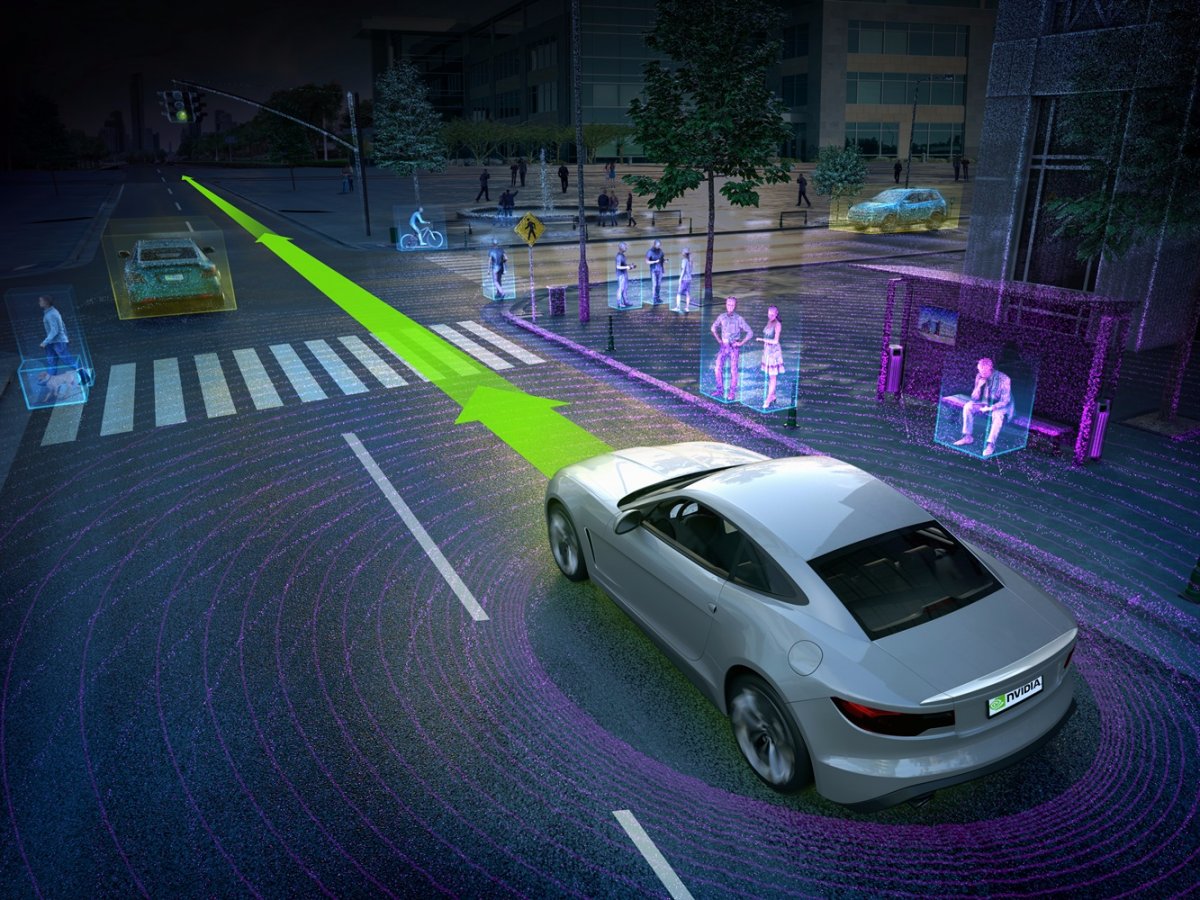The company is investing in artificial intelligence to power its self-driving cars.
In 2016, Volvo announced it had partnered with chipmaker NVIDIA to use its deep-learning computers to power Intellisafe Autopilot during the DriveMe pilot.
NVIDIA’s platform for self-driving cars, which is called Drive PX 2, basically gives the car deep-learning capabilities. Deep-learning is a type of machine-learning where computers are able to teach themselves by sifting through tons of data.
This way the car can learn to identify different objects and situations so that it can continually improve. But expect Volvo’s first driverless car to be extra cautious, just in case.
“Designing a self-driving car is very much about dealing with exceptional situations. And I think we will have a self-driving car that, in the early years, will be a very careful and polite driver,” Coelingh told Business Insider.
“Safety is really at the heart of this development and we will let the car drive with sufficient safety margin so if you miss a turn or something it doesn’t become dangerous.”
In June, Volvo also announced that it had partnered with Autoliv, a company that builds safety system for cars, to help it create the software to power its self-driving cars.














